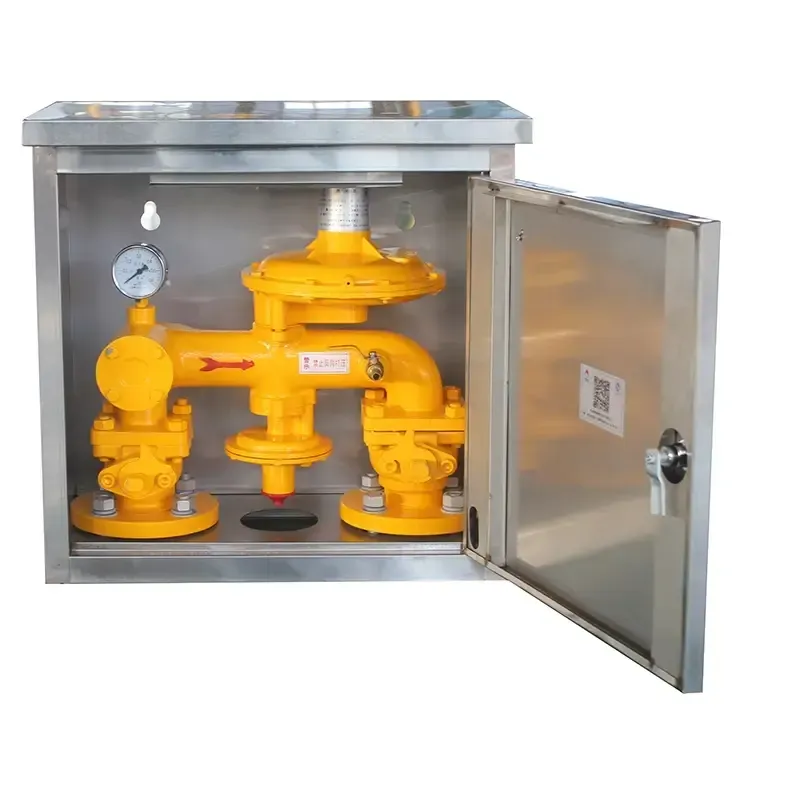
Dec . 23, 2024 19:03
Back to list
Understanding the Principles of Natural Gas Heat Exchangers and Their Applications
Heat Exchangers for Natural Gas An Overview
Heat exchangers play a critical role in the processing and transportation of natural gas, a key energy source for industries and households worldwide. Natural gas is primarily composed of methane, and optimizing its use involves careful control of temperature and pressure during various stages of its lifecycle. This is where heat exchangers come into play, facilitating efficient energy transfer and improving overall system performance.
Understanding Heat Exchangers
A heat exchanger is a device designed to transfer heat between two or more fluids—either liquid or gas—without mixing them. They are used in a variety of applications, from power generation to chemical processing. In the context of natural gas, heat exchangers can be employed in several stages, such as natural gas processing, liquefaction, and regasification.
Types of Heat Exchangers
The effectiveness of a heat exchanger largely depends on its design and the nature of the fluids involved. There are several types commonly used in natural gas applications
1. Shell and Tube Heat Exchangers One of the most common types, shell and tube heat exchangers consist of a series of tubes, one set carrying the hot fluid and the other carrying the cold fluid. This design is robust and suitable for high-pressure applications, making it ideal for natural gas processing.
.
3. Air-Cooled Heat Exchangers In situations where water is scarce, air-cooled heat exchangers are employed. They use ambient air to cool the hot gas, providing an efficient solution while minimizing water usage. This type is particularly beneficial in remote or arid locations.
المبادل الحراري للغاز الطبيعي

Importance of Heat Exchangers in Natural Gas Applications
1. Energy Efficiency One of the primary benefits of heat exchangers is their ability to recover waste heat, thus improving energy efficiency. In natural gas processing, this means reduced operational costs and lower carbon emissions.
2. Temperature Control Proper temperature control is crucial in the various phases of natural gas processing, whether it’s during compression, liquefaction, or while transporting through pipelines. Heat exchangers help maintain optimal temperatures to ensure the safe and efficient operation of the system.
3. Safety and Reliability Natural gas is flammable, and controlling its temperature and pressure is essential to prevent hazardous situations. Heat exchangers are designed to operate under strict safety standards, contributing to the overall reliability of natural gas systems.
4. Environmental Impact By enhancing energy efficiency and reducing waste, heat exchangers contribute to lower greenhouse gas emissions. In a world increasingly concerned about climate change, this aspect becomes increasingly significant.
Conclusion
The role of heat exchangers in the natural gas industry cannot be overstated. They are integral to the efficient, safe, and environmentally friendly processing and transportation of natural gas. As technology advances, we can expect innovations in the design and application of heat exchangers that will further enhance their performance.
Investing in advanced heat exchange technologies will not only benefit suppliers and consumers but also contribute to a more sustainable energy landscape. As the world transitions to cleaner energy sources, optimized heat exchangers will remain vital in the quest for efficiency and safety in natural gas operations.
Latest news
-
Safety Valve Spring-Loaded Design Overpressure ProtectionNewsJul.25,2025
-
Precision Voltage Regulator AC5 Accuracy Grade PerformanceNewsJul.25,2025
-
Natural Gas Pressure Regulating Skid Industrial Pipeline ApplicationsNewsJul.25,2025
-
Natural Gas Filter Stainless Steel Mesh Element DesignNewsJul.25,2025
-
Gas Pressure Regulator Valve Direct-Acting Spring-Loaded DesignNewsJul.25,2025
-
Decompression Equipment Multi-Stage Heat Exchange System DesignNewsJul.25,2025

